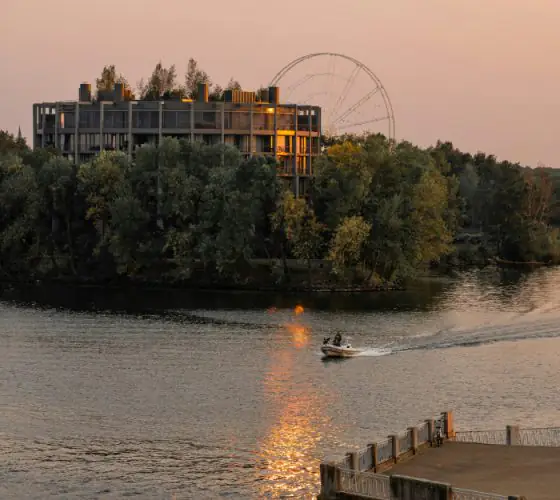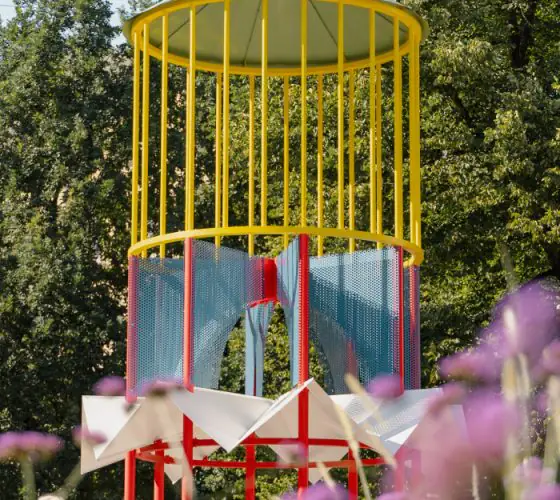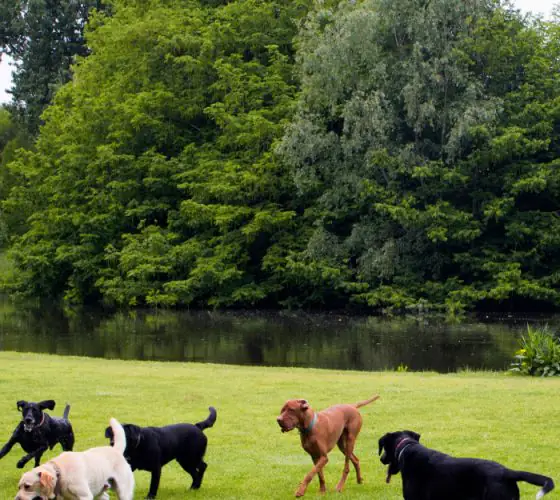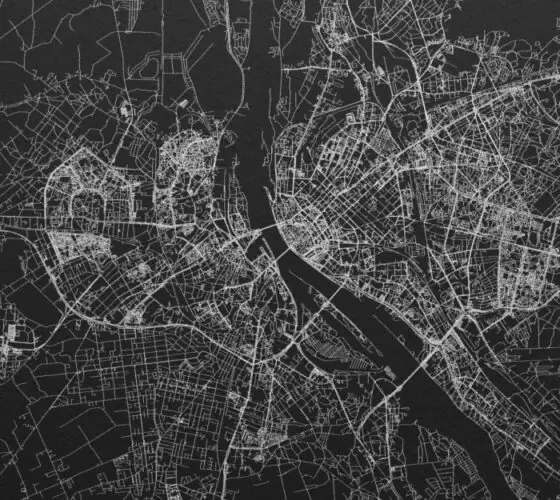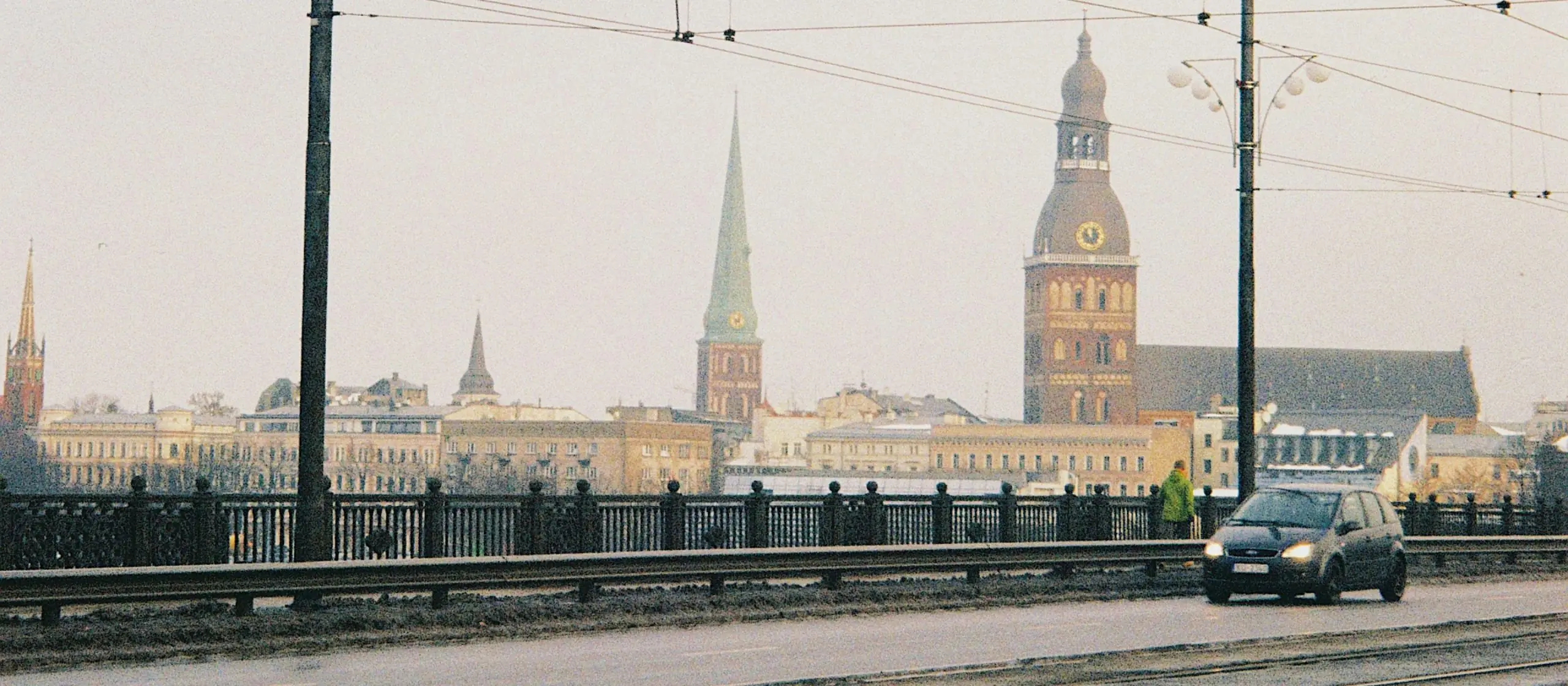
Traffic calming is a set of measures aimed at reducing vehicle speed and traffic volume in urban areas, especially where pedestrian and cyclist safety and comfort are priorities.
Goals of traffic calming:
- Reduce the negative impact of car use
- Improve quality of life
- Encourage and increase safety for pedestrians and cyclists
- Promote public transportation
- Improve the quality of the urban environment
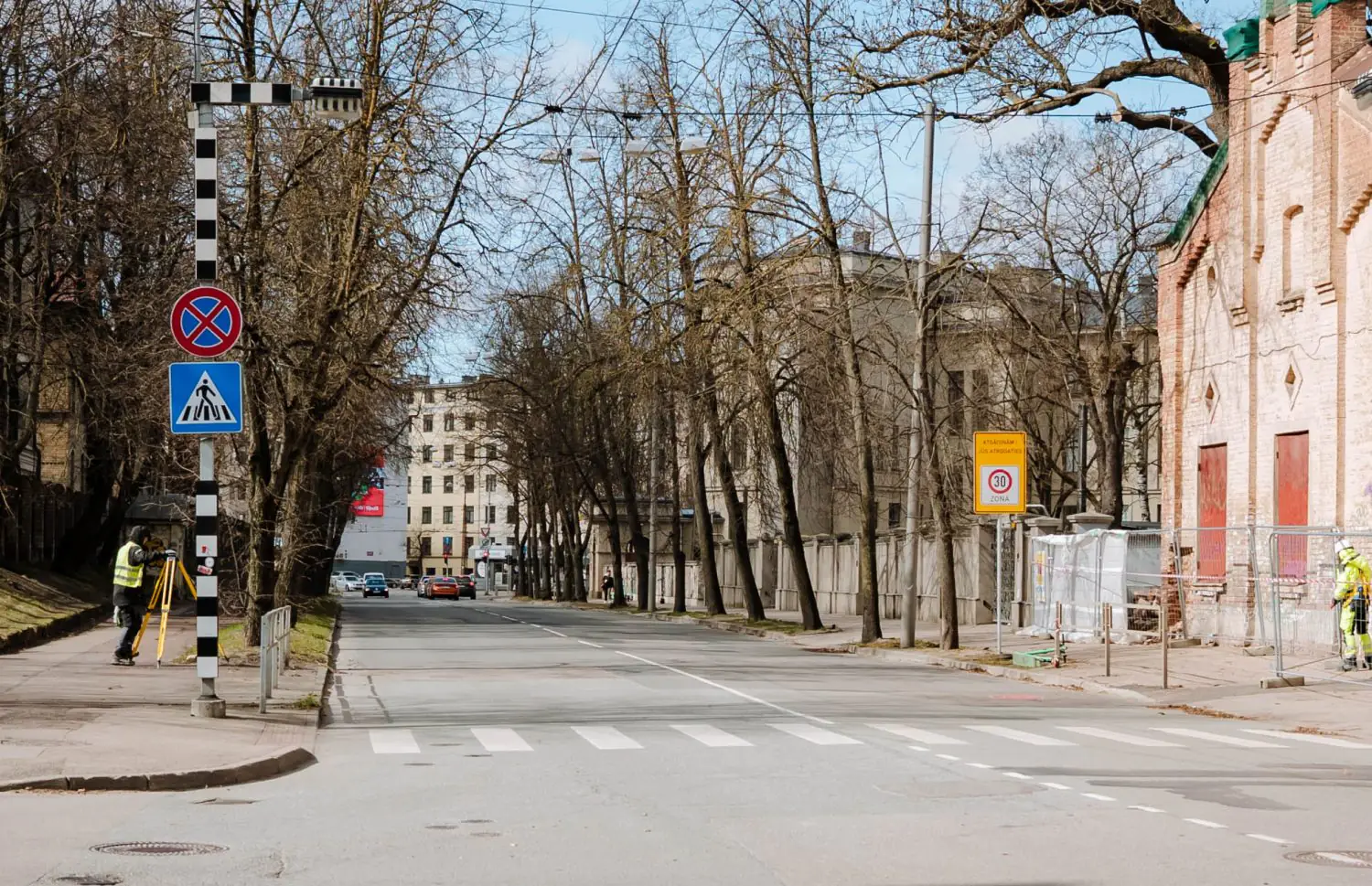
flickr.com / Rīga
Traffic calming strategies follow the “Three E’s”:
- Engineering – physical and structural interventions that change the street layout or appearance, including:
- Vertical deflections: speed humps, speed bumps, speed tables, raised pedestrian crossings, raised intersections
- Horizontal deflections: chicanes, chokers, refuge islands, mini-roundabouts, traffic circles
- Road narrowing: lane narrowing, shared space and Woonerfs, diverters, diagonal diverters
- Pavement and visual changes: textured or colored pavement, optical or visual narrowing
- Education – awareness campaigns that inform the public about traffic safety, the importance of speed reduction, and responsible behavior through educational and informational efforts.
- Enforcement – regulatory measures to ensure compliance with traffic rules and reduce speeding via monitoring and penalties.
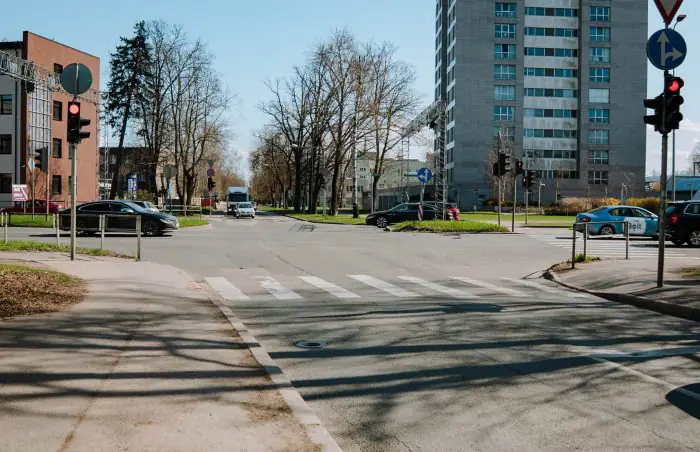
flickr.com / Rīga
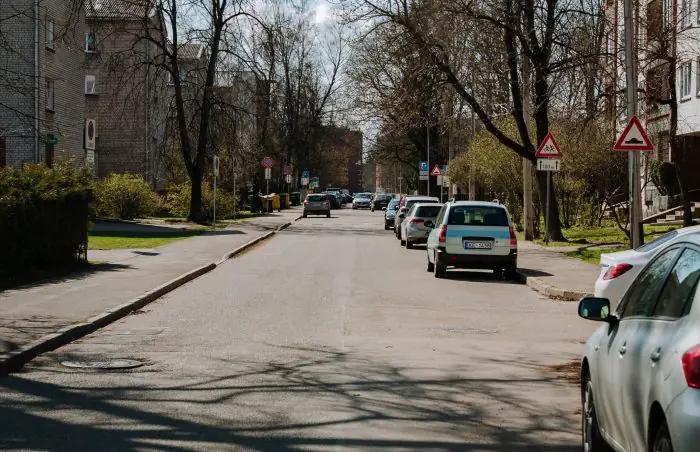
flickr.com / Rīga
History of Traffic Calming
The concept began gaining traction in the mid-20th century, when urban areas faced increasing car traffic, declining pedestrian safety, and worsening public spaces.
A key milestone was the development of the “Woonerf” (Dutch for “living yard”) concept in 1968 in Delft, Netherlands.
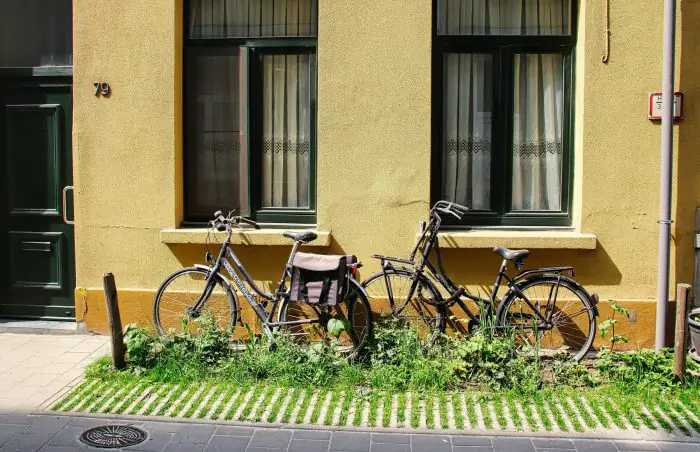
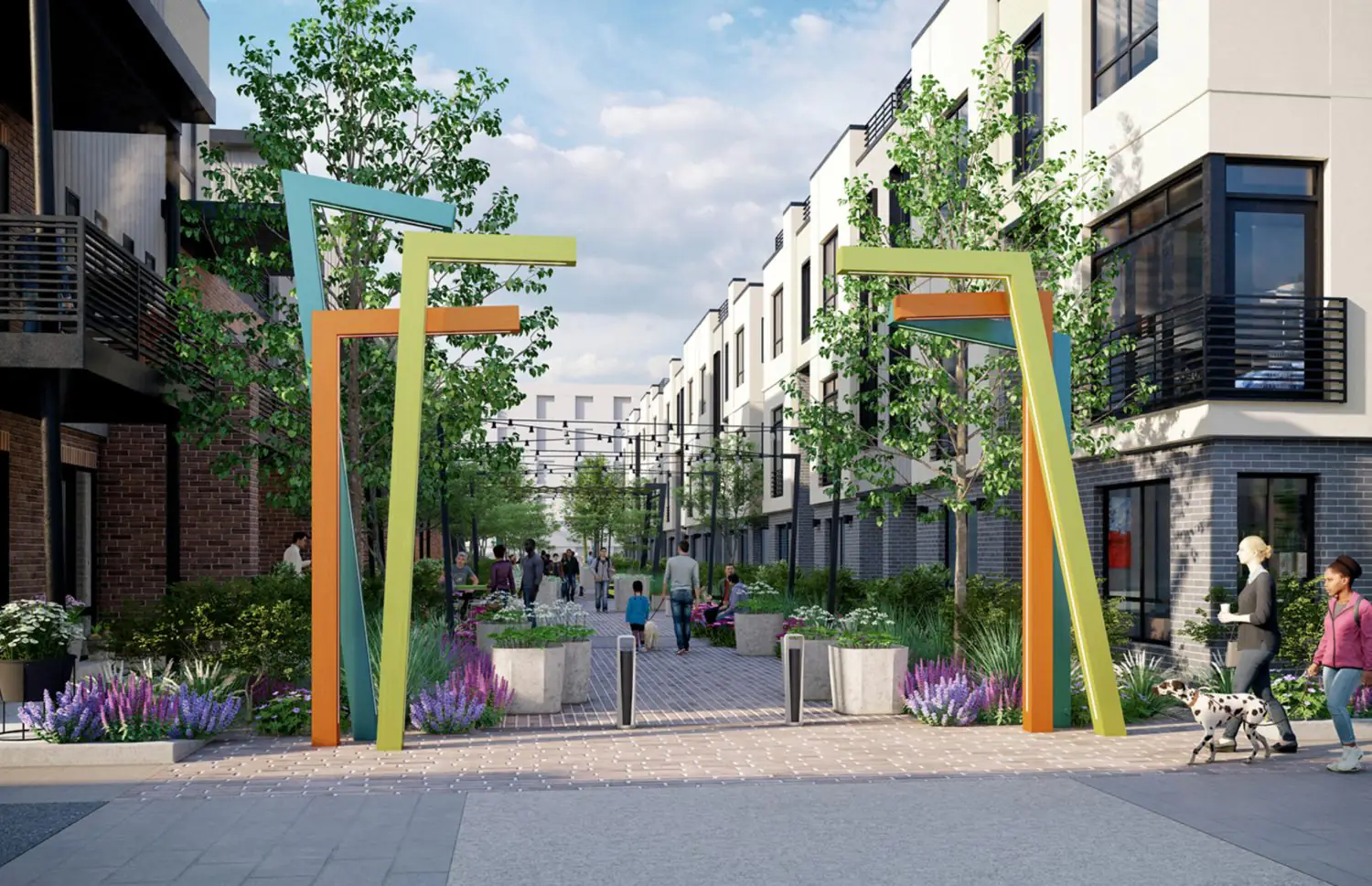
dtjdesign.com
Initiated by local residents and activists, one residential street was redesigned to prioritize pedestrians and cyclists. Vehicle speed was limited to 15 km/h, sidewalks and roadways were merged into a shared, curb-free space. Traffic was calmed using landscape design elements—plants, benches, bollards.
The Woonerf became one of the most radical and effective traffic calming methods and was soon adopted throughout the Netherlands and other European countries. In the 1970s, the idea spread to Denmark and the UK, where the first 30 km/h zones were introduced in residential areas.
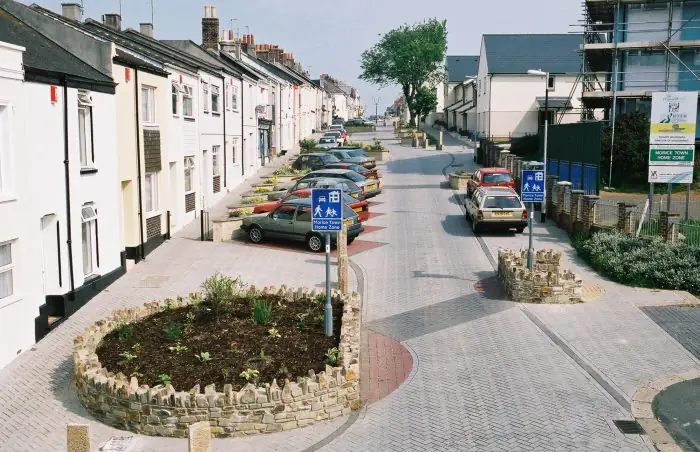
From the 1980s to 1990s, Germany widely implemented “traffic-calmed areas,” and the UK developed “Home Zones” that prioritized pedestrians. In the US and Canada, speed humps, refuge islands, and road narrowing techniques began to be used.
By the 2000s, traffic calming became standard practice in sustainable urban planning globally, aimed at creating safer and more livable urban spaces.
Traffic Calming in Rīga
Traffic calming practices are not yet widespread in Rīga but are gradually being implemented. As city streets are renovated, we see narrower vehicle lanes, expanded pedestrian and cycling paths, and new refuge islands (e.g., Bruņinieku iela, Ģenerāļa Radziņa krastmala).
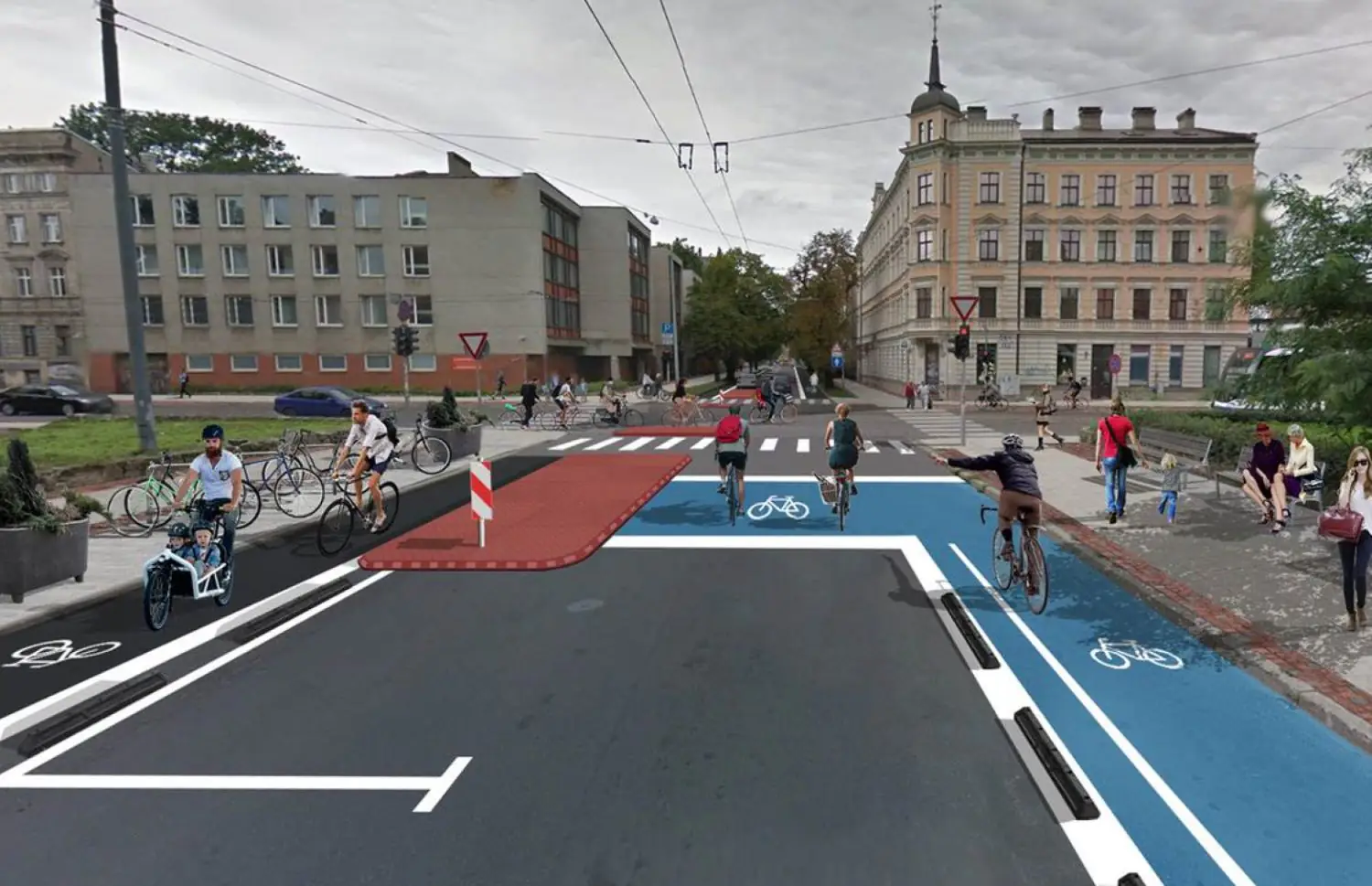
lsm.lv
Speed limit zones are being introduced to enhance safety and improve the urban environment. According to the GEO RĪGA portal, there are currently 18 such zones, with plans to increase this number.
This year, 26 traffic surveillance cameras are planned for installation at intersections across Rīga. These will monitor violations such as running red lights and driving in public transport lanes. The data will improve road safety, enable better traffic flow analysis, and help identify problem areas.
The Rīga municipality is also considering implementing a congestion charge for entering the city center. As of now, Jūrmala is the only city in Latvia with an entry fee for a designated zone.


